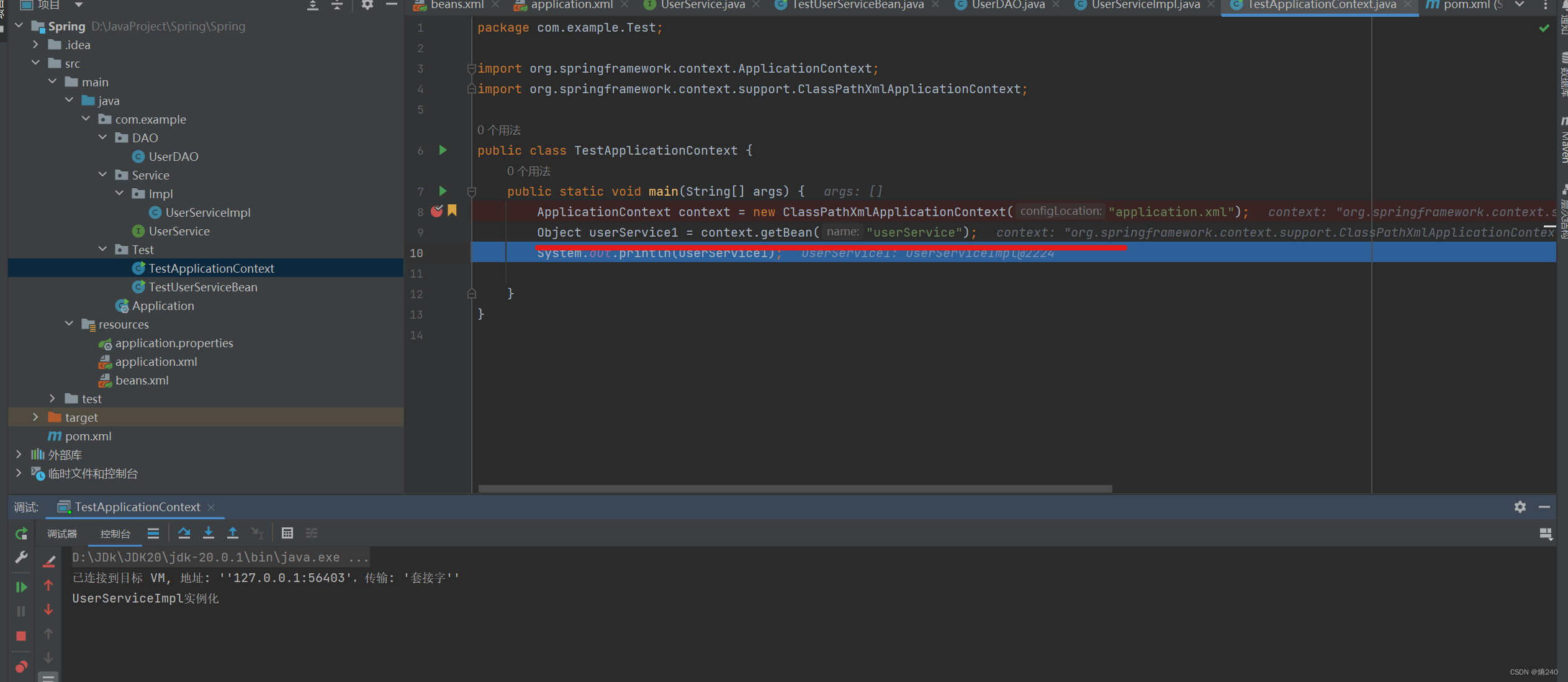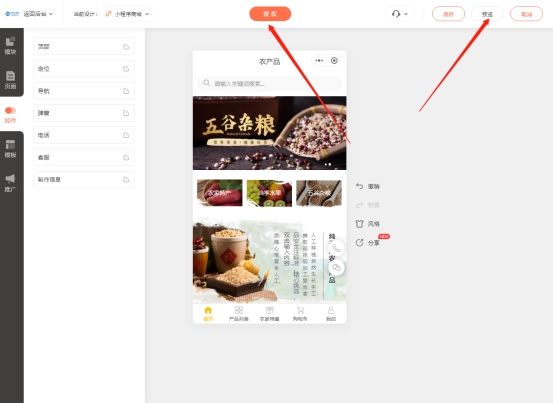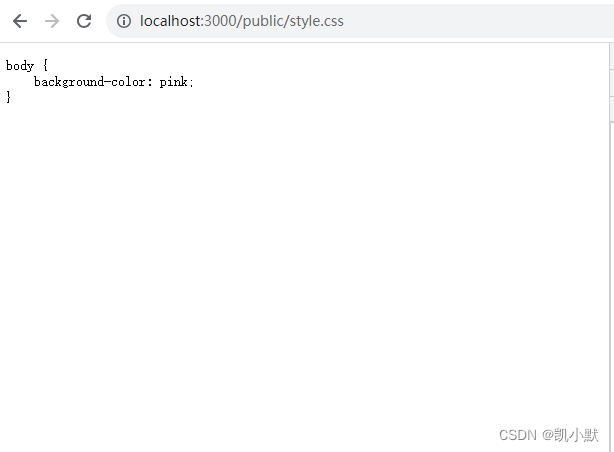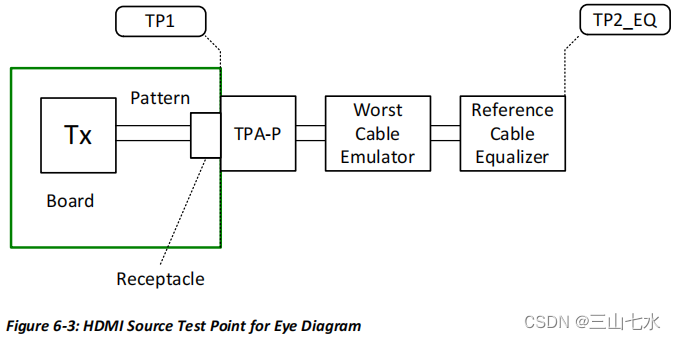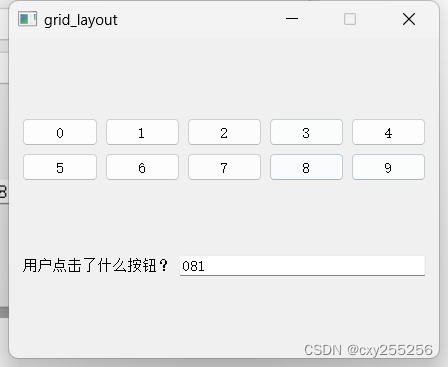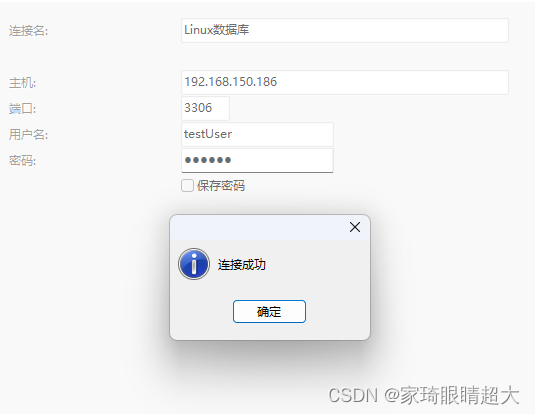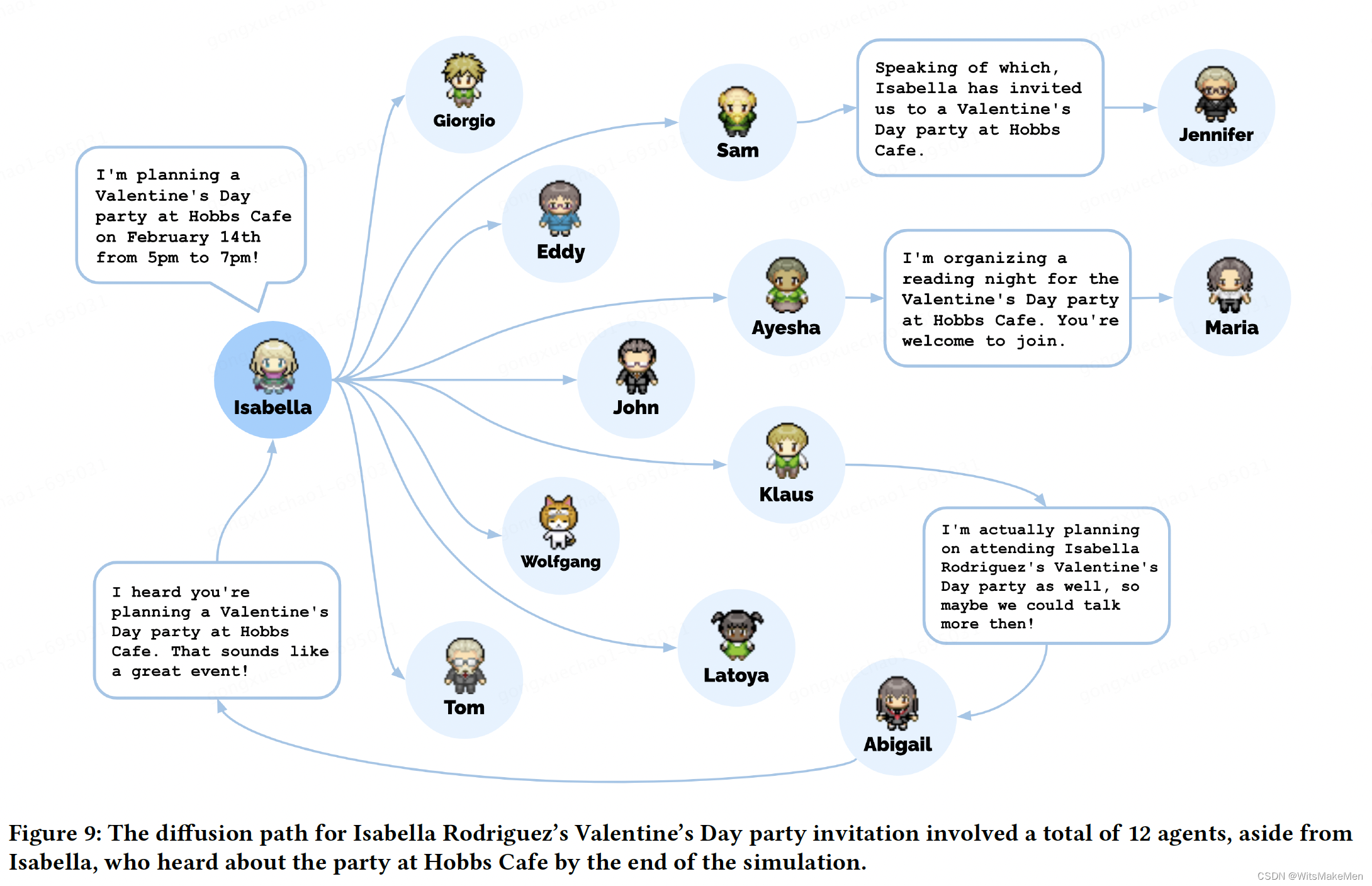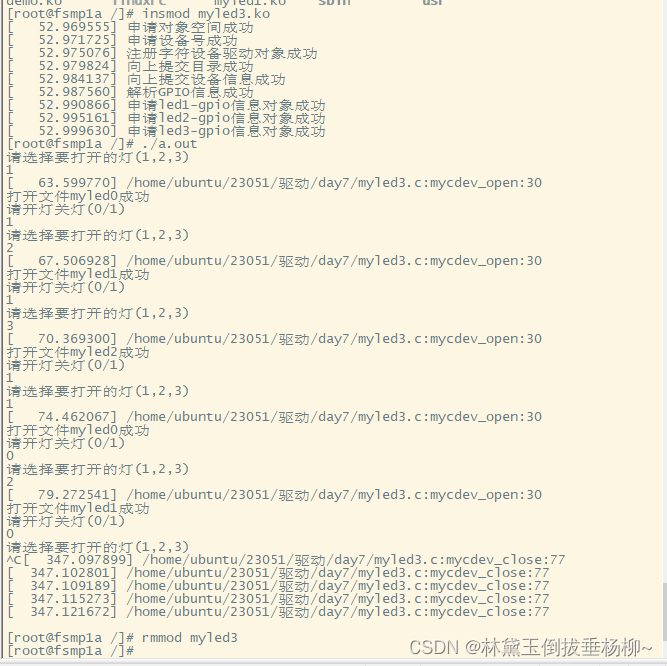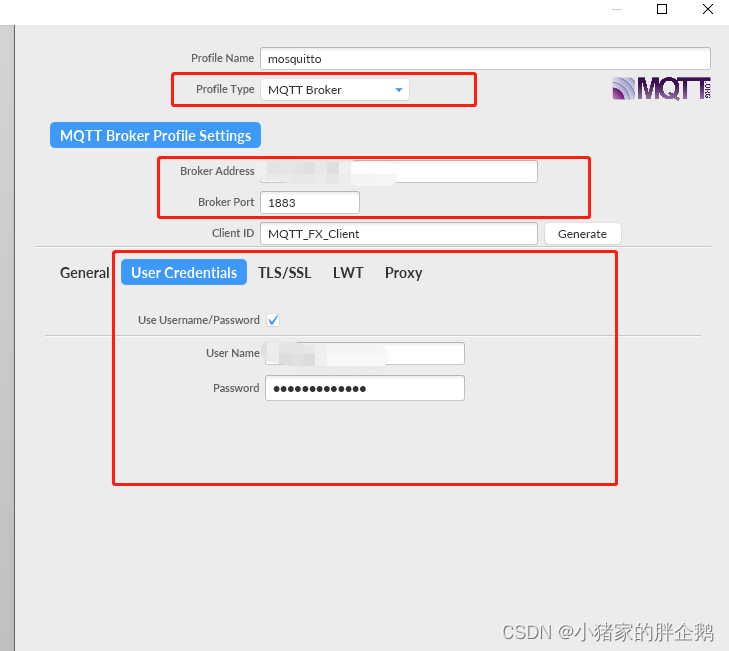一,对于SpringMVC自定义注解概念
是一种特殊的 Java 注解,它允许开发者在代码中添加自定义的元数据,并且可以在运行时使用反射机制来获取和处理这些信息。在 Spring MVC 中,自定义注解通常用于定义控制器、请求处理方法、参数或者其他相关组件的行为
创建和使用由开发者自行编写,可以根据具体需求定义注解元素,并编写相应的注解处理器和逻辑来处理注解可用于标记特定的类、方法或参数
1.2 java注解的分类(主三种)
基本注解:
@Override:用于标记一个方法覆盖了父类或接口的方法。
@Deprecated:用于标记一个类、方法或字段已经过时,不推荐使用。@SuppressWarnings(value = "unchecked"):用于抑制编译器产生的警告信息
元注解:
@Retention:指定注解的生命周期,包括RetentionPolicy.SOURCE、RetentionPolicy.CLASS和RetentionPolicy.RUNTIME。
@Target:指定注解的应用目标,包括ElementType.TYPE、ElementType.FIELD、
ElementType.METHOD等。
@Documented:指示注解是否包含在 Java 文档中。
@Inherited:指示注解是否可以被继承。
@Repeatable:指示注解可以多次应用于同一元素。注:可以指定多个位置,例如:
@Target({ElementType.METHOD, ElementType.TYPE}),也就是此注解可以在方法和类上面使用@Inherited:指定被修饰的Annotation将具有继承性
@Documented:指定被修饰的该Annotation可以被javadoc工具提取成文档.
自定义注解:
注解分类(根据Annotation是否包含成员变量,可以把Annotation分为两类):
标记Annotation:
没有成员变量的Annotation; 这种Annotation仅利用自身的存在与否来提供信息元数据Annotation:
包含成员变量的Annotation; 它们可以接受(和提供)更多的元数据;注意:自定义注解只是一种提供元数据的机制,具体的处理逻辑需要通过注解处理器来实现。在使用自定义注解时,需要编写注解处理器来解析注解,并执行相应的行为。
1.3 如何使用自定义注解
使用@interface关键字, 其定义过程与定义接口非常类似, 需要注意的是:
Annotation的成员变量在Annotation定义中是以无参的方法形式来声明的, 其方法名和返回值类型定义了该成员变量的名字和类型。而且我们还可以使用default关键字为这个成员变量设定默认值
二,使用自定义注解
案例一(获取类与方法上的注解值)
定义一个Package名为annotation包定义TranscationModel类
package com.Bingzy.annotation;public enum TranscationModel {Read, Write, ReadWrite;private Integer id;private String name;public void init1(){Read.id=1;Read.name="zs";}public void init2(){Write.id=2;Write.name="lisi";}public void init3(){ReadWrite.id=3;ReadWrite.name="wangwu";}
}在annotation包下再创建测试类test01:
package com.Bingzy.annotation;/*** @Name BingBing* @company zking cy* @create 2023-09-14-19:43*/
public class Test01 {public static void main(String[] args) {System.out.println(TranscationModel.Read);System.out.println(TranscationModel.Write);System.out.println(TranscationModel.ReadWrite);}
}
在annotation包下再创建一个Package包Demo01 方便测试案例一:
创建三个注解类:
MyAnnotation1类:
@Target({ElementType.TYPE, ElementType.FIELD,ElementType.METHOD})
@Retention(RetentionPolicy.RUNTIME)
@Documented
public @interface MyAnnotation1 {String name();
}MyAnnotation2类:
@Target(ElementType.METHOD)
@Retention(RetentionPolicy.RUNTIME)
@Documented
public @interface MyAnnotation2 {TranscationModel model() default TranscationModel.ReadWrite;
}
MyAnnotation3类:
@Target(ElementType.METHOD)
@Retention(RetentionPolicy.RUNTIME)
@Inherited
@Documented
public @interface MyAnnotation3 {TranscationModel[] models() default TranscationModel.ReadWrite;
}
在Demo01包下创建测试类代码
Demo1:
@MyAnnotation1(name = "abc")
public class Demo1 {@MyAnnotation1(name = "xyz")private Integer age;@MyAnnotation2(model = TranscationModel.Read)public void list() {System.out.println("list");}@MyAnnotation3(models = {TranscationModel.Read, TranscationModel.Write})public void edit() {System.out.println("edit");}
}Demo1Test:
public class Demo1Test {@Testpublic void list() throws Exception {
// 获取类上的注解MyAnnotation1 annotation1 = Demo1.class.getAnnotation(MyAnnotation1.class);System.out.println(annotation1.name());//abc// 获取方法上的注解MyAnnotation2 myAnnotation2 = Demo1.class.getMethod("list").getAnnotation(MyAnnotation2.class);System.out.println(myAnnotation2.model());//Read// 获取属性上的注解MyAnnotation1 myAnnotation1 = Demo1.class.getDeclaredField("age").getAnnotation(MyAnnotation1.class);System.out.println(myAnnotation1.name());// xyz}@Testpublic void edit() throws Exception {MyAnnotation3 myAnnotation3 = Demo1.class.getMethod("edit").getAnnotation(MyAnnotation3.class);for (TranscationModel model : myAnnotation3.models()) {System.out.println(model);//Read,Write}}
}测试结果:

案例二(获取类属性上的注解属性值)
注解类:
@Retention(RetentionPolicy.RUNTIME)
@Target(ElementType.FIELD)
public @interface TestAnnotation {String value() default "默认value值";String what() default "这里是默认的what属性对应的值";
}
测试类Demo2类
public class Demo2 {@TestAnnotation(value = "这就是value对应的值_msg1", what = "这就是what对应的值_msg1")private static String msg1;@TestAnnotation("这就是value对应的值1")private static String msg2;@TestAnnotation(value = "这就是value对应的值2")private static String msg3;@TestAnnotation(what = "这就是what对应的值")private static String msg4;
}Demo2Test:
public class Demo2Test {@Testpublic void test1() throws Exception {TestAnnotation msg1 = Demo2.class.getDeclaredField("msg1").getAnnotation(TestAnnotation.class);System.out.println("test1");System.out.println(msg1.value());System.out.println(msg1.what());}@Testpublic void test2() throws Exception{TestAnnotation msg2 = Demo2.class.getDeclaredField("msg2").getAnnotation(TestAnnotation.class);System.out.println("test2");System.out.println(msg2.value());System.out.println(msg2.what());}@Testpublic void test3() throws Exception{TestAnnotation msg3 = Demo2.class.getDeclaredField("msg3").getAnnotation(TestAnnotation.class);System.out.println("test3");System.out.println(msg3.value());System.out.println(msg3.what());}@Testpublic void test4() throws Exception{TestAnnotation msg4 = Demo2.class.getDeclaredField("msg4").getAnnotation(TestAnnotation.class);System.out.println("test4");System.out.println(msg4.value());System.out.println(msg4.what());}
}总结:如果我们注解上没有指定是value还是what默认就是value,如果只想转递一个参数又不想默认是value那就需要指定what=""即可。
案例三(获取参数修饰注解对应的属性值)
注解类:
@Documented
@Target({ElementType.PARAMETER})
@Retention(RetentionPolicy.RUNTIME)
public @interface IsNotNull {boolean value() default false;
}
测试类Demo3:
public class Demo3 {public void hello1(@IsNotNull(true) String name) {System.out.println("hello:" + name);}public void hello2(@IsNotNull String name) {System.out.println("hello:" + name);}
}
测试类DemoTest3:
public class Demo3Test {@Testpublic void hello1() throws Exception {Demo3 demo3 = new Demo3();for (Parameter parameter : demo3.getClass().getMethod("hello1", String.class).getParameters()) {IsNotNull annotation = parameter.getAnnotation(IsNotNull.class);if(annotation != null){System.out.println(annotation.value());//true}}}@Testpublic void hello2() throws Exception {Demo3 demo3 = new Demo3();for (Parameter parameter : demo3.getClass().getMethod("hello2", String.class).getParameters()) {IsNotNull annotation = parameter.getAnnotation(IsNotNull.class);if(annotation != null){System.out.println(annotation.value());//false}}}@Testpublic void hello3() throws Exception {
// 模拟浏览器传递到后台的参数 解读@requestParamString name = "zs";Demo3 demo3 = new Demo3();Method method = demo3.getClass().getMethod("hello1", String.class);for (Parameter parameter : method.getParameters()) {IsNotNull annotation = parameter.getAnnotation(IsNotNull.class);if(annotation != null){System.out.println(annotation.value());//trueif (annotation.value() && !"".equals(name)){method.invoke(demo3,name);}}}}
}运行结果:



总结:这个案例像不像我们的注解@RequestParam必须传递参数,除非指定required为false就可与不传参数,我们这个案例也是如此。
三,Aop自定义注解
定义一个注解类:
@Target(ElementType.METHOD)
@Retention(RetentionPolicy.RUNTIME)
public @interface MyLog {String desc();
}
切面类:
@Component
@Aspect
public class MyLogAspect {private static final Logger logger = LoggerFactory.getLogger(MyLogAspect.class);/*** 只要用到了com.javaxl.p2.annotation.springAop.MyLog这个注解的,就是目标类*/@Pointcut("@annotation(com.Bingzy.annotation.aop.MyLog)")private void MyValid() {}@Before("MyValid()")public void before(JoinPoint joinPoint) {MethodSignature signature = (MethodSignature) joinPoint.getSignature();logger.debug("[" + signature.getName() + " : start.....]");System.out.println("[" + signature.getName() + " : start.....]");MyLog myLog = signature.getMethod().getAnnotation(MyLog.class);logger.debug("【目标对象方法被调用时候产生的日志,记录到日志表中】:"+myLog.desc());System.out.println("【目标对象方法被调用时候产生的日志,记录到日志表中】:" + myLog.desc());}
}Controller层:
@Controller
public class LogController {@RequestMapping("/mylog")@MyLog(desc = "这是结合spring aop知识,讲解自定义注解应用的一个案例")public void testLogAspect(){System.out.println("这里随便来点啥");}
}运行结果:





